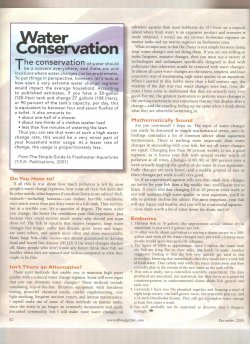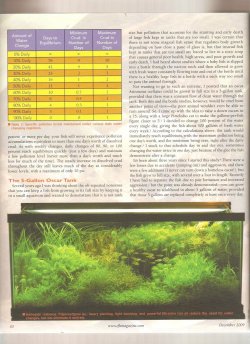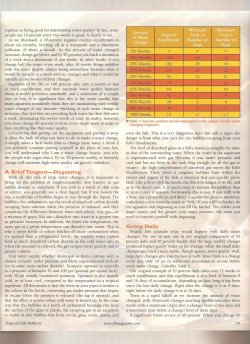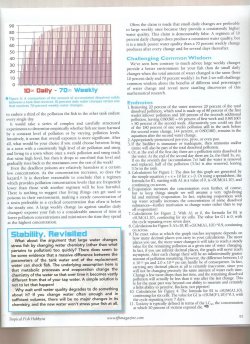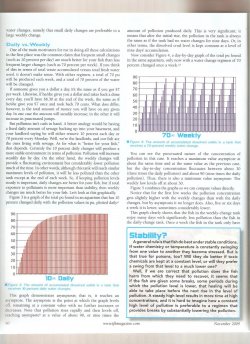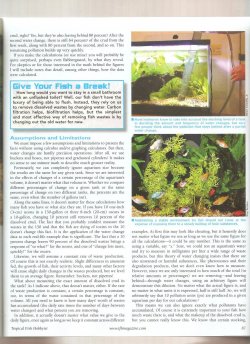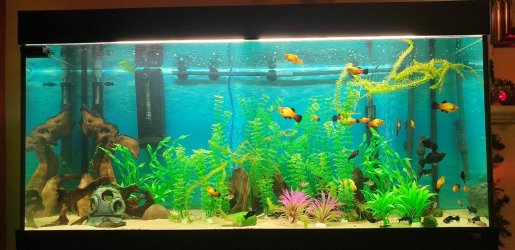In my view there are several aspects to why people don't believe in large water changes:
1) small water changes are quick and easy - everyone wants convenience so they don't think about any other way
2) other people tell them to only do 10/20/30% as more is dangerous and this perpetuates the myth
3) fish that have managed to survive in their own waste for months will die after a large water change - not because the water is damaging but because the stale water has changed the parameters (specifically acidity) so much that they die of shock when normal parameters are returned. "Old Tank Syndrome".
The existence of Old Tank Syndrome then reinforces the view that large water changes are dangerous as people attribute the deaths to the water change and fail to see the significance of a history of insufficient water changes. This leads back to point 2 which leads to point 1. And so the myth persists.
1) small water changes are quick and easy - everyone wants convenience so they don't think about any other way
2) other people tell them to only do 10/20/30% as more is dangerous and this perpetuates the myth
3) fish that have managed to survive in their own waste for months will die after a large water change - not because the water is damaging but because the stale water has changed the parameters (specifically acidity) so much that they die of shock when normal parameters are returned. "Old Tank Syndrome".
The existence of Old Tank Syndrome then reinforces the view that large water changes are dangerous as people attribute the deaths to the water change and fail to see the significance of a history of insufficient water changes. This leads back to point 2 which leads to point 1. And so the myth persists.


